Next Steps Schedule a Consultation
Take the next step by scheduling a private consultation with Dr. Ahn. He and our expert team will guide you toward natural, confidence-boosting results that reflect you.
Contact Us16
Jun
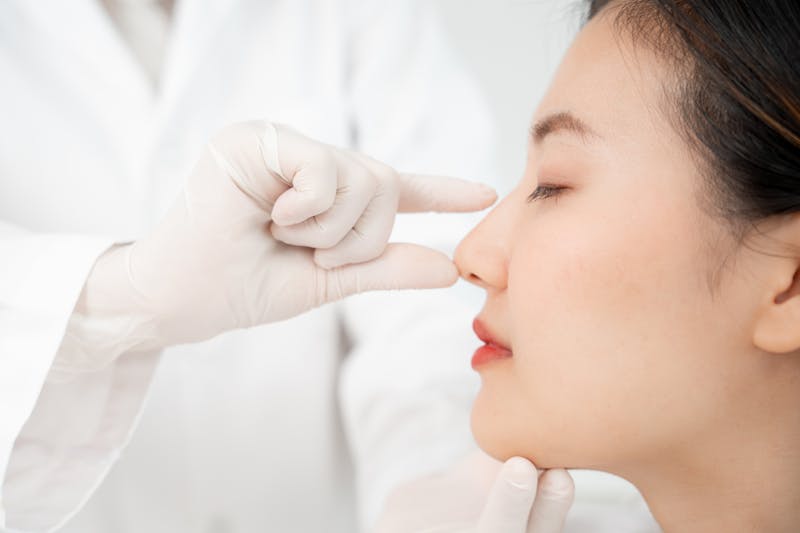
At Ahn Point Facial Plastic Surgery in Boston, Dr. Min S. Ahn approaches every rhinoplasty with the precision and artistry required to achieve elegant, natural-looking outcomes that reflect each individual's unique facial structure. As a double board-certified facial plasti...
View MoreCategories: Nose Surgery Facial Surgery
05
Dec

Prolonged exposure to the sun’s ultraviolet (UV) rays can significantly harm the skin, leading to what is commonly known as sun damage. This can manifest as changes in skin texture, increased wrinkles, and uneven pigmentation, often making the skin appear aged prematurely. Ahn...
View MoreCategories: Injectables Skin Rejuvenation Health and Wellness
05
Dec

In the landscape of cosmetic surgery, the mini facelift has emerged as a popular choice for those seeking subtle yet effective rejuvenation. In fact, it is one of the surgeries that Dr. Min S. Ahn performs the most. This procedure targets the lower face and neck, offering a qu...
View MoreCategories: Facial Surgery Health and Wellness
05
Dec

The area surrounding your eyes significantly influences your facial expressions and aesthetics. Therefore, it is no wonder that so many patients who want to rejuvenate their appearance look toward their forehead first. At the Aesthetic Wellness Center, Dr. Min S. Ahn specializes...
View MoreCategories: Facial Surgery Eye Surgery Health and Wellness
05
Dec
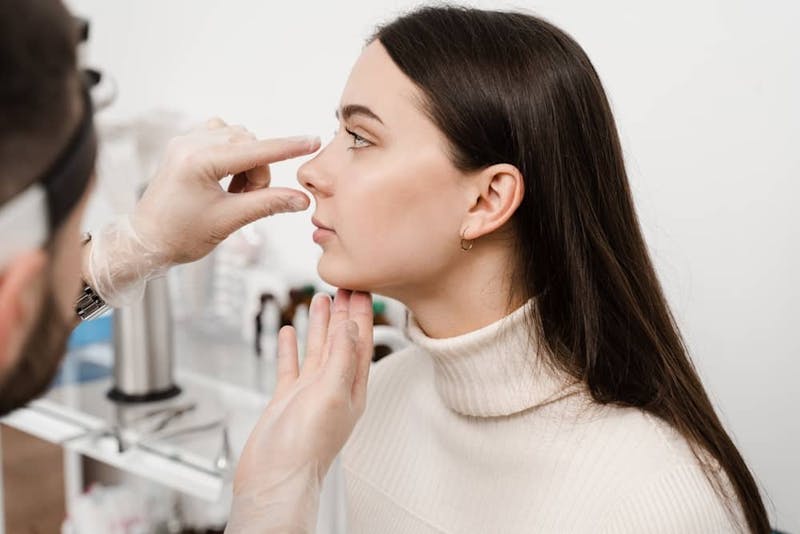
If you want to rejuvenate your face with plastic surgery, choosing the right plastic surgeon is the most important decision you can make. With so many doctors around, narrowing your choice can feel like an overwhelming task. However, this process becomes much easier once you und...
View MoreCategories: Facial Surgery Nose Surgery Body Sculpting
05
Dec
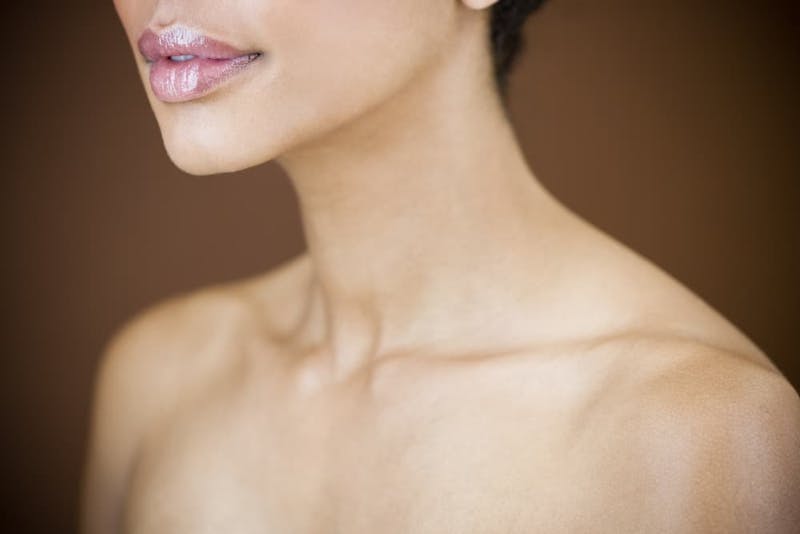
Losing your sleek neck contours is a common part of aging due to factors like sun damage and genetics. If you miss having a smooth neck, you may be an ideal candidate for neck lift, a popular form of plastic surgery that removes excess fat, tightens skin, and relaxes protrudin...
View MoreCategories: Facial Surgery Health and Wellness
05
Dec

Your eyes are one of the first features that other people will notice about you, so it makes sense that you would want to maintain beautiful eyes for as long as possible. However, aging can undermine the appearance of your eyes. In this blog, double board-certified facial plas...
View MoreCategories: Eye Surgery Injectables Health and Wellness
05
Dec
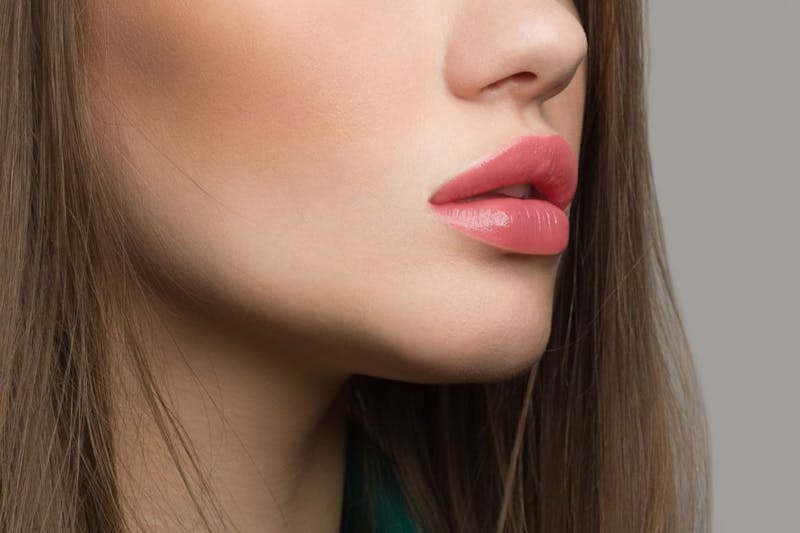
Over time, the lips can lose youthful volume and shape, and the delicate skin on the lips is often one of the first places to display signs of aging. Many people start off with plump lips that experience volume depletion as years go by. Others have always had modestly sized lips...
View MoreCategories: Facial Surgery Injectables Health and Wellness
05
Dec
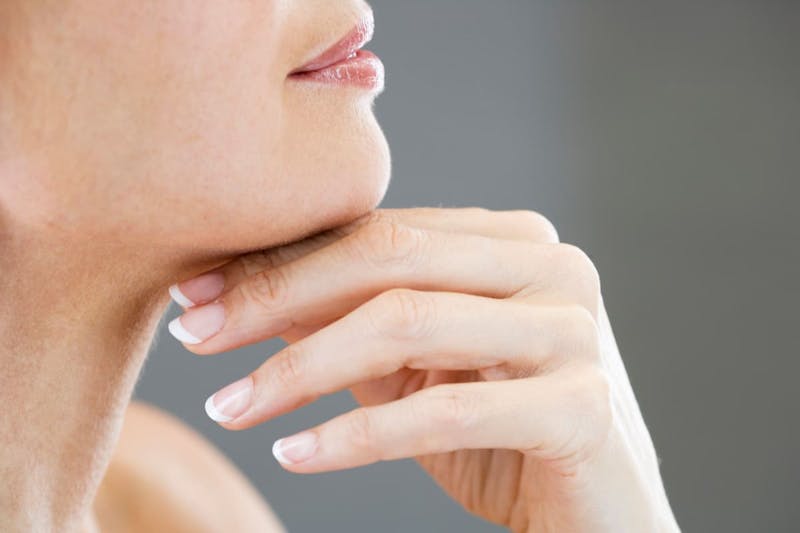
Wrinkles and fine lines tend to make their appearance on the face over time and are often regarded as the first signs of aging. However, you may begin to notice other changes to your face that impact your facial appearance. Many patients are not happy with their jowls, the dro...
View MoreCategories: Facial Surgery Health and Wellness
05
Dec

Over time, aging can change the way we look, and stubborn signs of aging, such as wrinkles and fine lines, can contribute to a tired and older facial appearance. If this sounds familiar, you may be thinking about facial fat grafting, which helps improve the appearance of your...
View MoreCategory: Facial Surgery
Take the next step by scheduling a private consultation with Dr. Ahn. He and our expert team will guide you toward natural, confidence-boosting results that reflect you.
Contact Us